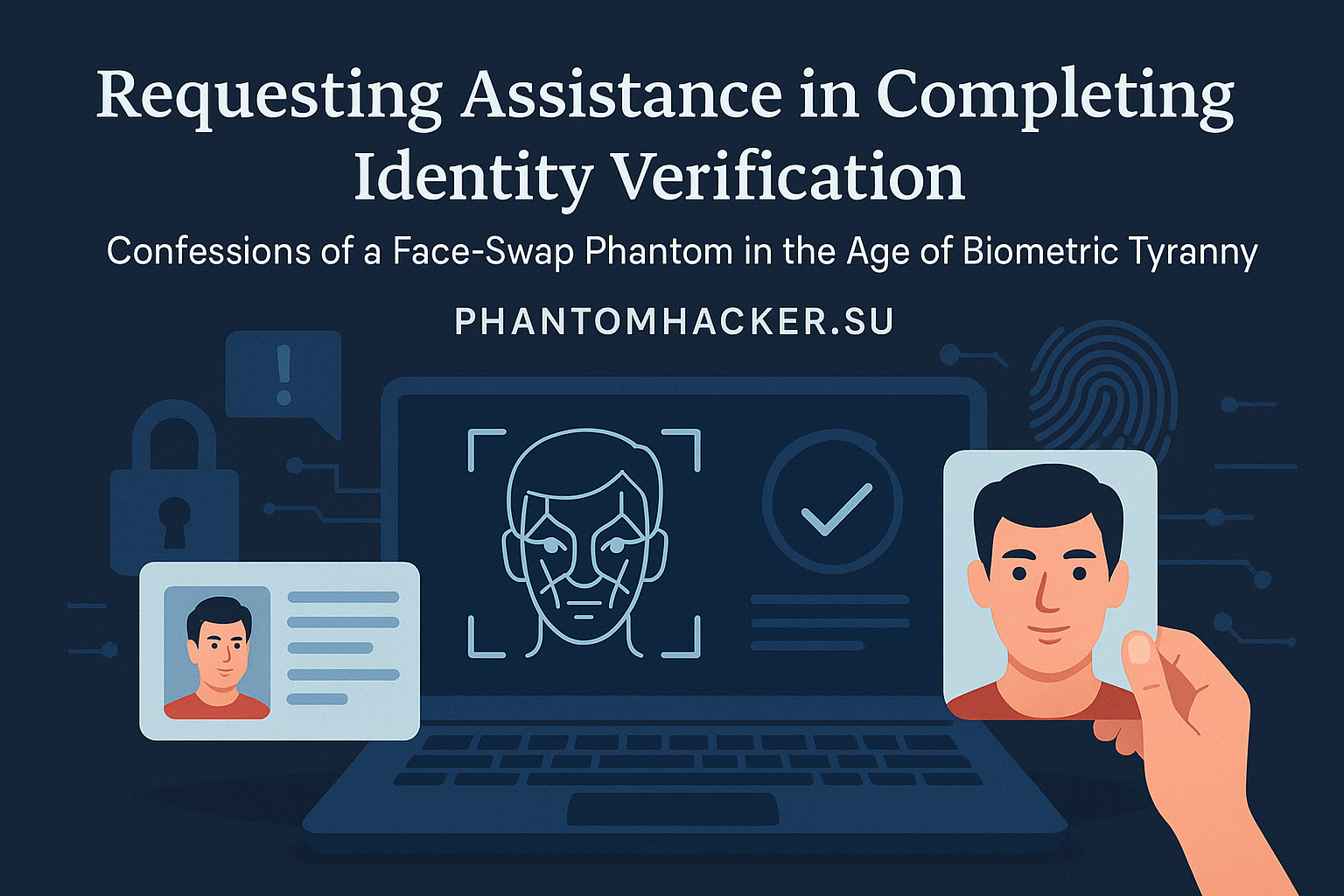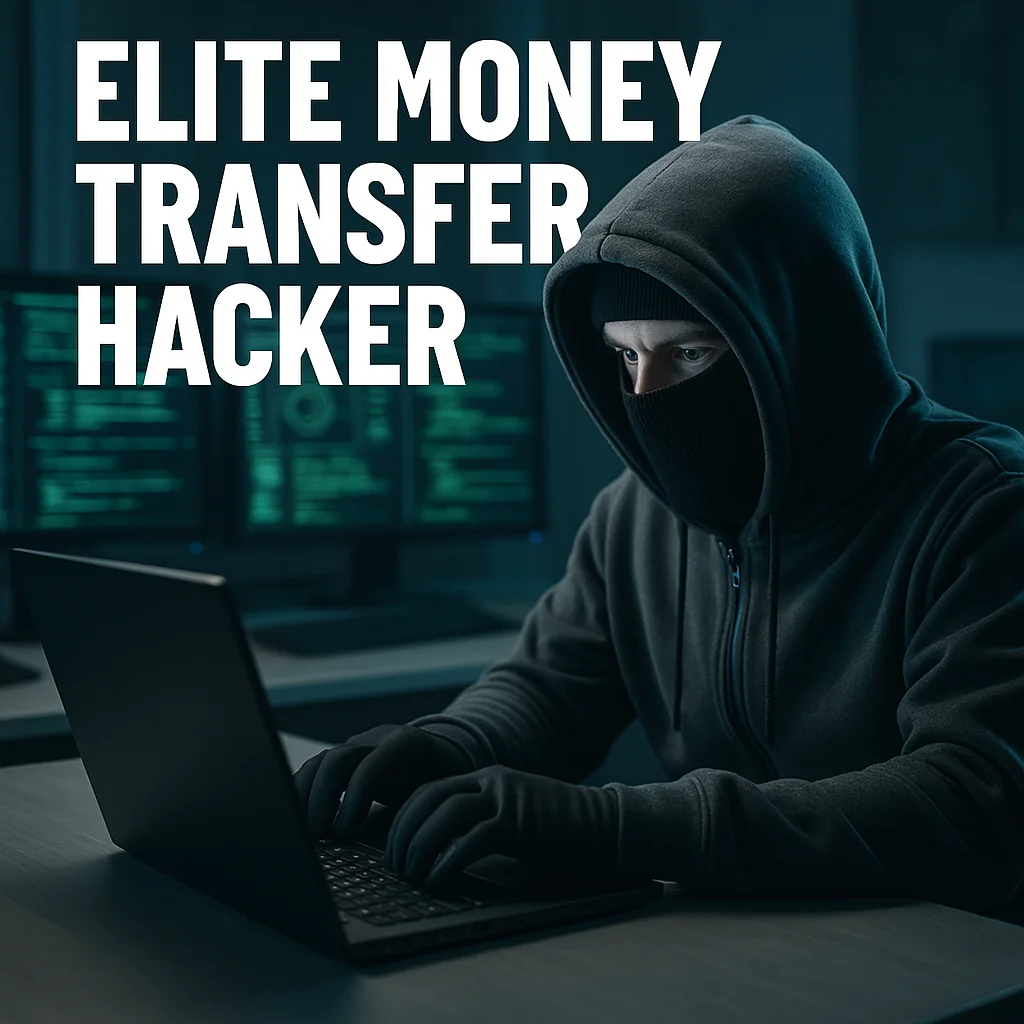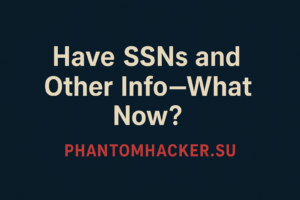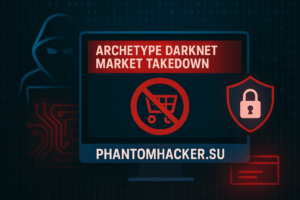Confessions of a Face-Swap Phantom in the Age of Biometric Tyranny
“The systems weren’t built to keep out criminals. They were built to keep in the obedient.”
Welcome to the digital panopticon—where surveillance is gospel and identity is the new currency. They call it “verification,” but let’s not sugarcoat it. What they really mean is submission. Submission to their systems. To their rules. To their idea of who gets to be “real.”
I’m not here to write poetry. I’m here to walk you through how the ghosts in the machine bypass the blood tests of the digital border guards. We’re talking full-on biometric verification, the kind that asks not just who you are, but if you’re human enough to be trusted.
This is a first-hand account from the trenches—crafted in sweat, trial, and OPSEC. I’ve lived through failed verifications, burnt profiles, corrupted templates, and the heartbreak of watching a perfect fullz go up in flames because of one faulty lamination. But through all that, one thing became clear:
In this game, it’s not about who you are. It’s about what you can convince the machine you are.
🧠 Understanding the Battlefield: The Rise of Live ID/Selfie Verification
Let’s talk about the beast—live ID verification. Not just a photo of your passport anymore. We’re talking AI-enhanced, 3D face-mapping, blink-detection, skin-tone matching, and background consistency analysis. Platforms like Veriff, Onfido, Jumio, and ID.me have turned identity verification into biometric chess.
What used to be child’s play with a cracked Photoshop template is now a full-blown digital interrogation.
The key change? Presence verification—proof that you, the real-time you, match the ID presented. No screenshots. No cut-outs. No dead man’s play. Just your face, live, and your ID, perfectly aligned.
Sounds unbreakable?
It’s not. Just complicated.
🧱 Step 1: The Foundation — Fullz + Matching DL
First, the essential ingredient: Fullz. And I don’t mean some sloppy text file off a dead Telegram drop. I mean a complete, clean, high-quality set:
-
Full name
-
DOB
-
SSN
-
DL number
-
Address
-
Phone
-
Email
-
Credit profile (optional but gold)
You pair this with a matching Driver’s License scan—or better yet, the template of their issuing state’s DL if you’re crafting from scratch. Public dump sites, private forums, or even phishing data from scam-bait pages all serve as sources, but only if they’re fresh.
Dead fullz = wasted time. One mismatch in zip code or DOB, and the KYC system throws up a red flag.
🧪 Step 2: Forge the ID – But With YOUR Face
Now for the controversial part. This is where most people fumble.
You take the acquired DL template or use services like Verif to generate one. You input the stolen data but replace the original face with your own.
Yes. Your own.
Sounds insane? Maybe. But here’s the reasoning: the systems aren’t checking whether your face is the same as the one originally issued by the DMV. They’re checking whether the face on the ID matches the face live on camera.
And if you’re confident enough in your risk tolerance, and you don’t plan on using your actual government identity down the line, this tactic is golden. You’re borrowing someone’s data shell and injecting your own physical biometric to animate it.
🖨️ Step 3: Physical vs Digital ID — Printing or Camera Spoofing
Here’s where the technical forks split.
Option A: Physical DL
-
You print the DL with high-quality inkjet or dye-sublimation printers.
-
Laminate it.
-
Use it physically during webcam ID scans.
Printers to consider: Epson EcoTank, Canon Pixma, or a Fargo HDP ID card printer if you’re going deep. Laminate with a transparent pouch and a household iron if you’re ghetto-rigging, or go pro with a thermal pouch laminator.
Option B: Spoofed Camera Feed
You spoof your webcam using software like OBS Studio, ManyCam, or SplitCam.
-
You preload a video of yourself holding the ID (matching your real-time movements).
-
Inject the stream into the webcam feed.
-
Hope the platform doesn’t detect synthetic input.
This works on some systems—but Veriff? It’s notorious. They run advanced spoof detection and will scan for pixel irregularities, eye motion inconsistencies, and video compression artifacts.
Veriff is like the TSA with AI—lazy but unpredictable.
🔥 Real-World Outcomes — The Risk, The Reward, The Burn Rate
Let me tell you what happens when it works.
Crypto Onboarding – You pass KYC, and suddenly a fresh exchange account is open. Unlinked, untraceable, and ready for wash-and-spin operations. Perfect for crypto-to-cash exits, OTC flip trades, or loading up mixers.
Banking Services – Once past identity, banks offer mobile deposits, Zelle, wire access, and sometimes even credit. It’s a short window, but that window opens real money.
Government Portals – With platforms like ID.me, it opens doors to benefits fraud, tax refunds, unemployment skimming, and health record access.
But what if you fail?
That profile gets burned. Flagged forever. In many cases, linked to your faceprint in the backend. Multiple failures with the same face? You’re building a dossier of denial. You don’t want that.
Always remember: OPSEC is king. If you wouldn’t say it in court, don’t leave it on camera.
💀 The Darker Reality — Why This Even Exists
Why go through this insanity? Why fake a face to dance past a gatekeeper?
Because the system doesn’t care about identity. It cares about control.
They didn’t build this KYC fortress to protect the people. They built it to segregate risk. They built it to profile you. To label you as “high trust” or “deniable.” If you’re born outside the system, or you’re trying to start fresh, you’re a threat.
And in that world, crafting a new identity isn’t crime—it’s self-preservation.
🛠️ Tools of the Trade – No Fluff, Just Gear
Let’s get tactical. Here’s what real operators use to execute this play:
-
Printer: Epson EcoTank ET-2760, Canon Pixma TS9120
-
ID Templates: .PSD files from dark web forums (search by state/country)
-
Photo Editing: Adobe Photoshop or GIMP
-
Spoof Software: OBS Studio (open-source), ManyCam, SplitCam
-
Laminate: Scotch TL901 or off-grid flat iron method
-
Lighting: Ring lights to reduce camera noise and shadow mismatch
-
Webcam: Logitech C920 (spoof-friendly), or virtual cam routes
-
Face Practice: Mirror. Practice. Blink. Smile. Look natural.
🧩 A Final Word: The Art of Passing Without Being Seen
What most don’t realize is: passing identity verification isn’t about having the best fake—it’s about having the most believable story. Not to a human. To an AI trained on millions of faces, reactions, and lighting angles.
You’re not just faking ID. You’re faking presence. You’re simulating authenticity. You’re lying with confidence and consistency.
This isn’t just forgery. It’s performance art in the age of surveillance capitalism.
🕳️ Closing Thoughts: The System Is the Scam
We live in a world where billion-dollar corporations trust a selfie over a signature. Where you can be banned, denied, or blacklisted—not for what you did, but for how you look on camera.
So if you’re out there, building a new life with a new name under a new sky—don’t let them tell you it’s wrong. They erased you first. You’re just returning the favor.
Because sometimes, the only way to prove you exist is to invent yourself.








